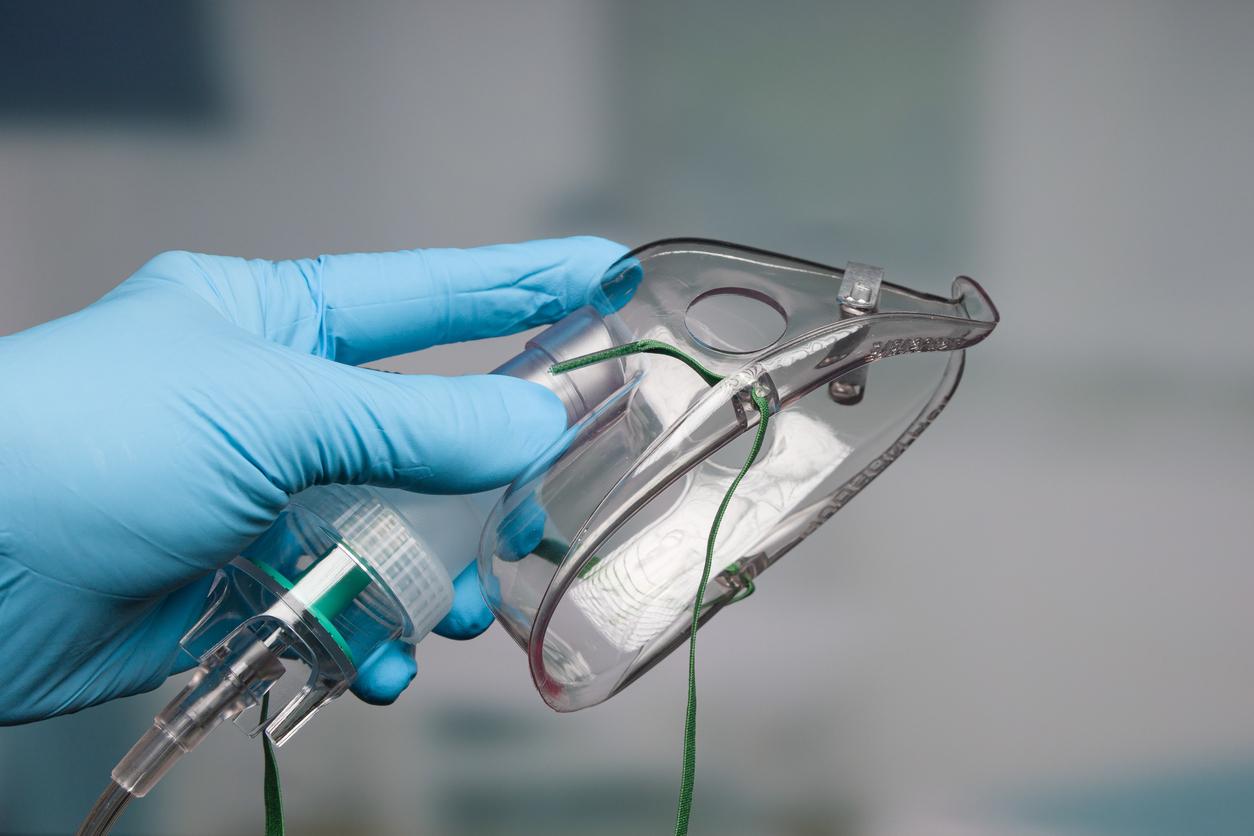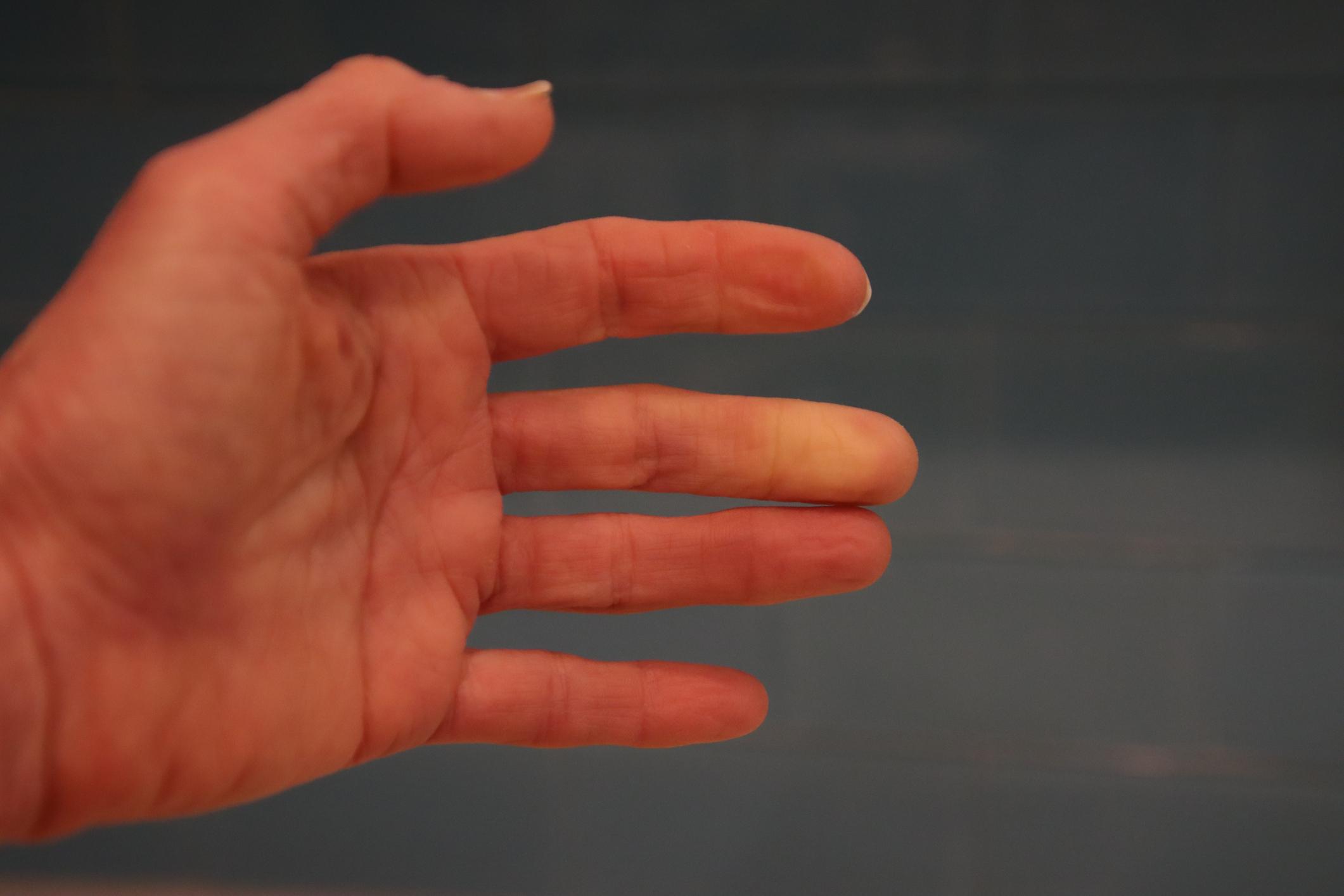Stretching exercises would have beneficial effects on blood circulation and would thus reduce the risk of developing certain diseases.

- Stretching is beneficial against cardiovascular disease
- They must be done regularly for their benefits to persist.
We don’t always have the courage, the strength or the ability to exercise, but a few stretches can be enough to protect our health. Researchers at the University of Milan, Italy, found this in a study carried out on around forty participants. In Journal of Physiologythey return to this experiment carried out for 12 weeks.
Interesting results after 12 weeks
39 people were divided into two groups: the first performed stretching 5 days a week for 12 weeks, the second did not change anything in their habits. In the first case, it was passive stretching, that is to say, carried out with the help of someone else or by relying on gravity. The researchers analyzed the effects of this new routine on participants’ blood circulation. Then they compared the data collected with those collected before the experiment.
At the end of the study, the arteries of the calf and the upper part of the arm were more dilated and the blood circulation was greater, arterial stiffness had also decreased. On the other hand, the effects of stretching seem limited in time: the research team did other examinations six weeks after the end of the experiment, and the results were close to those obtained before the implementation of the routine. stretching.
Different possible applications
According to Italian researchers, this could reduce the risk of certain cardiovascular diseases, diabetes and heart attack, because all these pathologies are linked to problems in the vascular system. They would like to replicate this research with patients suffering from cardiovascular pathologies to determine if stretching can have healing effects on these diseases. They are there leading cause of death among the over 65s in France.
The team suggests another use for this work on flexibility and mobility: it could be recommended during hospitalization or after surgery to preserve cardiovascular health, in these specific cases where patients cannot or hardly move. .
.















